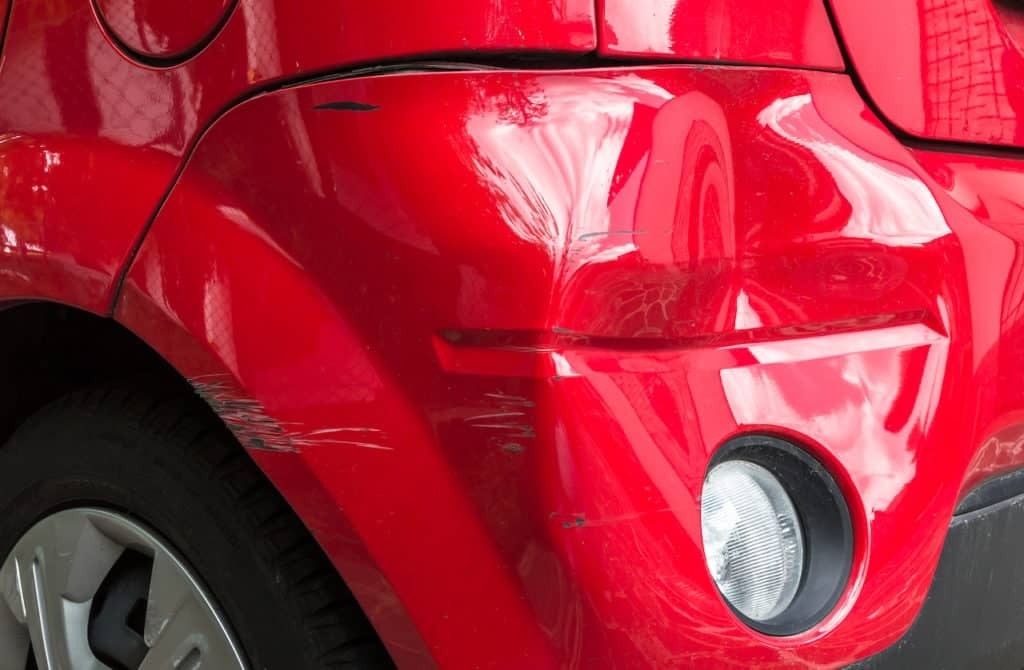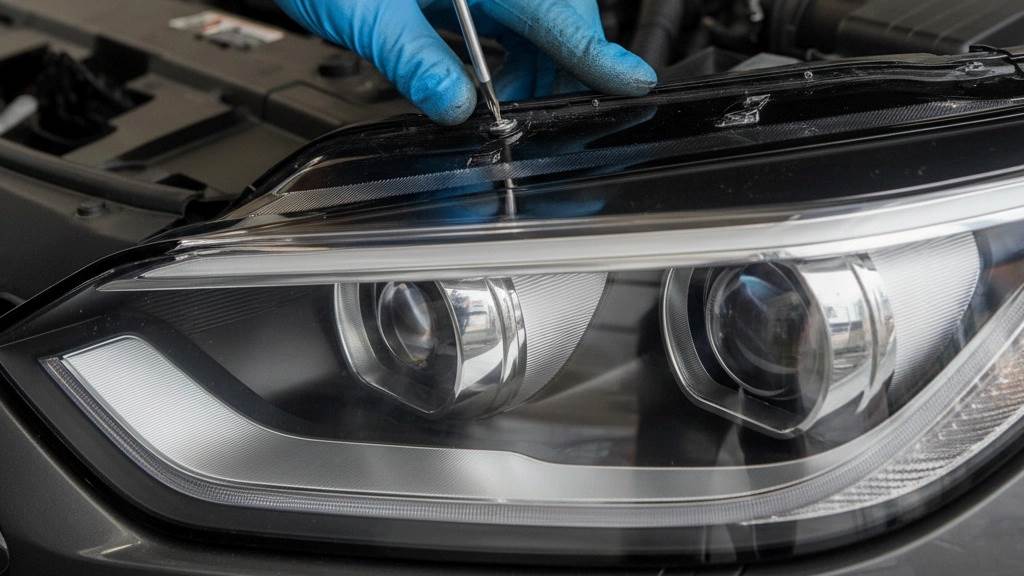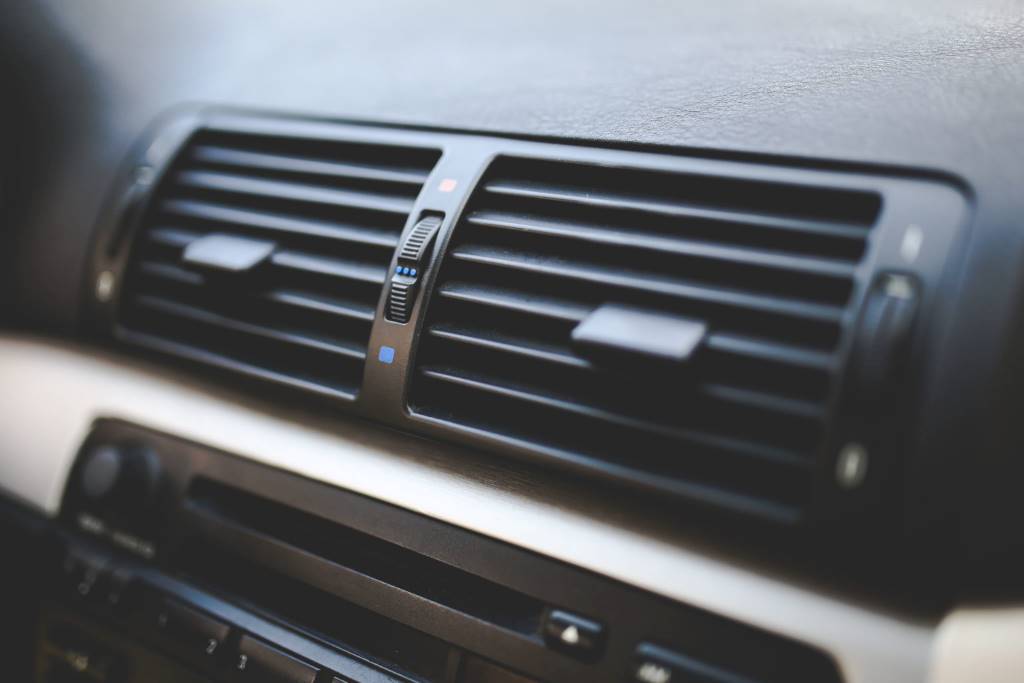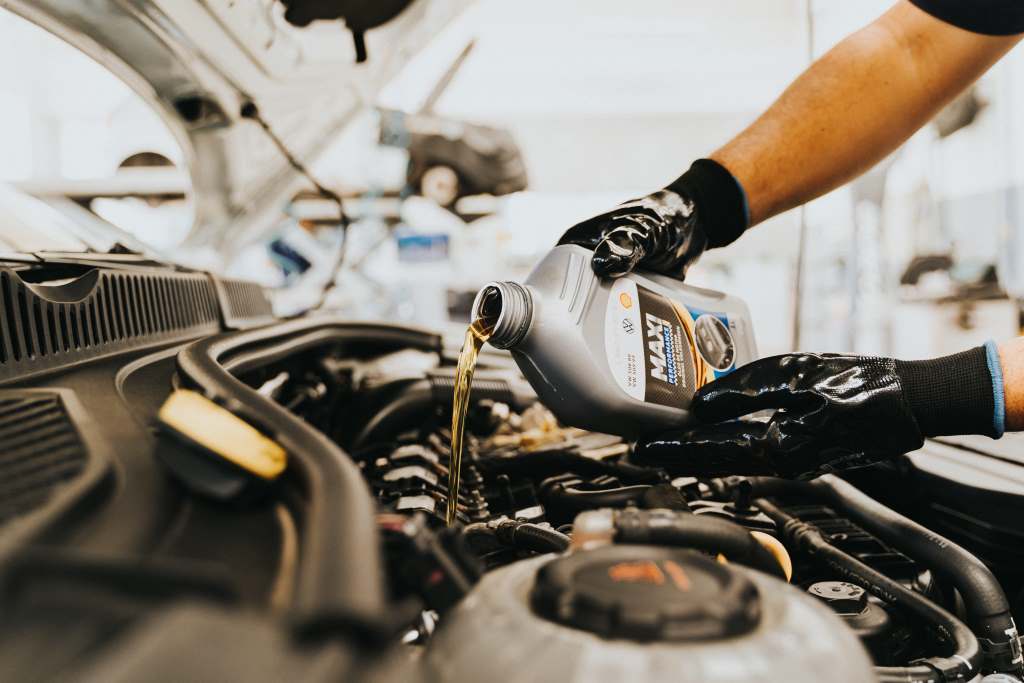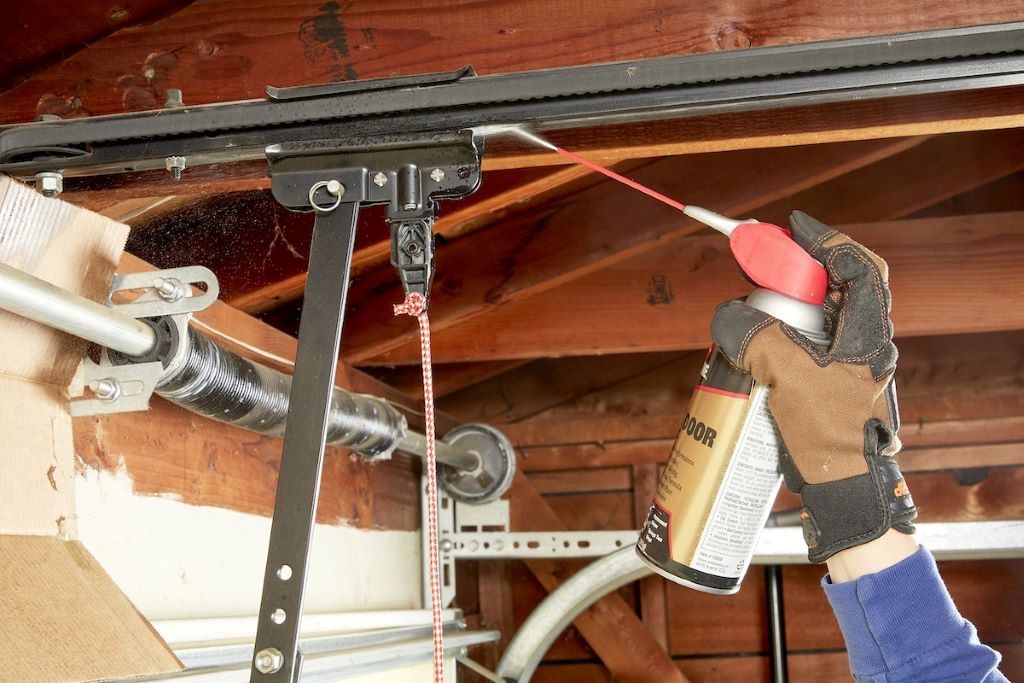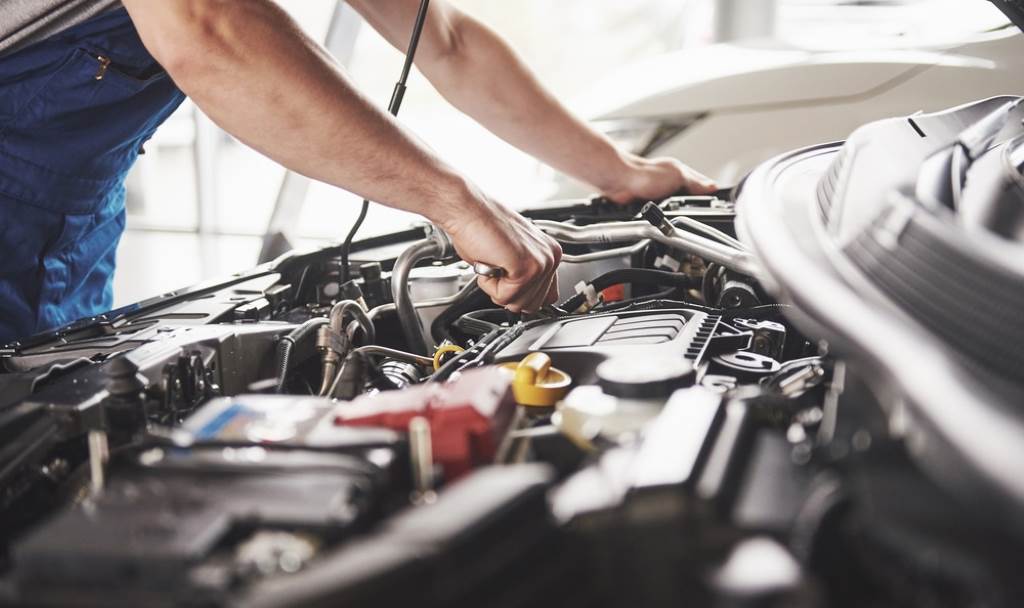That sinking feeling when you spot a new dent in your car is all too familiar. Whether it’s a rogue shopping cart, a careless door ding, or a hailstorm surprise, dents are an unwelcome sight. But before you despair, take a deep breath and remember that most dents are fixable. The real question is: how much will it cost to get your car looking its best again? Fix a Dent in a Car.
Unfortunately, there’s no one-size-fits-all answer. The cost of dent repair can vary wildly depending on several factors, including the size and location of the dent, the type of damage, your car’s make and model, and where you choose to get it fixed.
This comprehensive guide will break down the different factors affecting dent repair costs, explore various repair options, and provide you with the knowledge to make informed decisions about restoring your car’s appearance.
Factors Influencing Dent Repair Costs
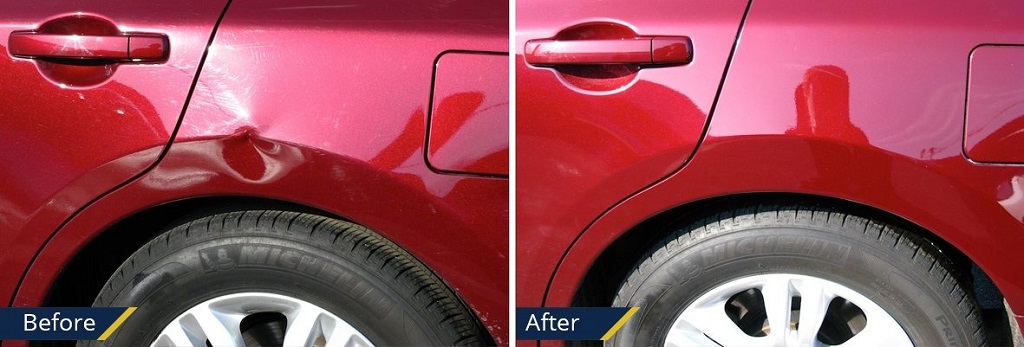
Understanding what goes into determining the cost of dent repair can help you set realistic expectations and avoid any surprises. Here are the key factors that play a role:
- Size and Depth of the Dent:
This one’s fairly intuitive. A small, shallow dent will generally be cheaper to fix than a large, deep one that might require extensive bodywork. Minor dents might even be candidates for DIY repair or paintless dent repair (PDR), which are typically more affordable options.
- Location of the Dent:
Where the dent is located on your car can significantly impact the repair cost. Dents on complex body panels with curves or creases, like fenders or doors, can be more challenging to fix, especially if they involve damage to body lines. Dents on simpler panels, like the hood or trunk, might be easier and cheaper to repair.
- Type of Damage:
Is it just a simple dent, or is there accompanying damage like paint scratches, creases, or punctures? If the paint is damaged, you’ll likely need more extensive repairs, including filling, sanding, and repainting, which will increase the cost.
- Car Make and Model:
The make and model of your car can influence the cost of parts and labor. Luxury or high-performance cars often have more expensive parts and may require specialized expertise for repairs, leading to higher costs.
- Repair Method:
The chosen repair method significantly impacts the cost. DIY methods are the cheapest, followed by paintless dent repair (PDR). Traditional bodywork involving filling, sanding, and repainting is typically the most expensive option.
- Location and Shop Reputation:
Labor rates can vary depending on your location and the repair shop you choose. Shops in urban areas or those with a reputation for high-quality work may charge higher rates.
Dent Repair Options: Exploring the Possibilities
Now that you understand the factors influencing cost, let’s explore the different dent repair options available:
-
DIY Dent Repair:
For minor dents and DIY enthusiasts, several methods can be surprisingly effective. These include:
- Suction cup methods: Using a suction cup or plunger to pull out the dent.
- Hot water and compressed air: Pouring hot water over the dent and then using compressed air to pop it out.
- Hairdryer and compressed air: Similar to the hot water method, using a hairdryer to heat the dent and then applying compressed air.
- Glue pulling: Using specialized glue sticks and a pulling device to extract the dent.
Pros:
- Cost-effective: DIY methods are the most budget-friendly option.
- Convenient: You can often do it yourself at home.
Cons:
- Limited effectiveness: Works best on small, shallow dents on flat surfaces.
- Potential for damage: Improper technique can worsen the dent or damage the paint.
-
Paintless Dent Repair (PDR):
PDR is a specialized technique that uses specialized tools to massage the dent out from behind the panel without affecting the original paint.
Pros:
- Preserves original paint: No need for filling, sanding, or repainting.
- Faster turnaround time: PDR is often quicker than traditional bodywork.
- Cost-effective: Generally cheaper than traditional bodywork for qualifying dents.
Cons:
- Not suitable for all dents: May not be effective for large, deep dents or those with paint damage.
- Requires specialized skills: This procedure must be performed by a trained PDR technician.
-
Traditional Bodywork:
This is the most comprehensive repair method involving filling, sanding, and repainting the damaged area.
Pros:
- Fixes most types of dents, addressing even severe dents and paint damage.
- Restores original appearance: Properly executed bodywork can make the dent virtually disappear.
Cons:
- Most expensive option: Costs can be significantly higher than PDR or DIY methods.
- Time-consuming: Requires multiple steps and can take several days to complete.
- Potential for color mismatch: Repainted areas might not perfectly match the original paint.
Estimating Dent Repair Costs
While it’s impossible to provide exact figures without seeing the dent, here’s a general idea of what you might expect to pay for different repair options:
- DIY Dent Repair: $10 – $50 (cost of materials)
- Paintless Dent Repair (PDR): $50 – $500+ (depending on dent size and location)
- Traditional Bodywork: $200 – $1000+ (depending on the extent of damage)
Pro Tip: Always get multiple quotes from reputable repair shops before making a decision. Compare prices, ask about their experience, and check online reviews to ensure you’re getting the best value for your money.
Should You Involve Your Car Insurance?
Whether or not to involve your car insurance depends on several factors:
- Deductible: If the repair cost is less than your deductible, it’s usually not worth filing a claim.
- Premium increase: Filing a claim might lead to an increase in your insurance premium.
- Severity of damage: For extensive damage, involving insurance might be necessary.
Pro Tip: Contact your insurance company to discuss your options and understand the potential impact on your premiums before making a decision.
Read More Also: Hail Damage Repair Cost
Preventing Dents: Proactive Measures
While dents are sometimes unavoidable, taking some proactive measures can reduce the risk:
- Park carefully: Choose parking spots away from other cars and potential hazards.
- Be mindful of surroundings: Watch out for shopping carts, opening doors, and other potential dent-causing objects.
- Consider protective measures: Invest in door edge guards, car covers, or parking sensors to minimize the risk of dents and scratches.
Read More Also: Why Is My Car Shaking and Engine Losing Power? (Expert Insights)
FAQs about Car Dent Repair
-
Can I fix a dent myself?
Yes, you can attempt to fix minor dents yourself using DIY methods. However, it’s crucial to be realistic about your skills and the limitations of DIY approaches. If you’re unsure or dealing with a significant dent, it’s best to seek professional help.
-
How long does paintless dent repair take?
PDR typically takes a few hours to complete, depending on the size and location of the dent. It’s generally faster than traditional bodywork.
-
Will PDR affect my car’s paint?
No, PDR is designed to remove dents without affecting the original paint. This is a major advantage over traditional bodywork, which requires repainting.
-
Does car insurance cover dent repair?
It depends on your insurance policy and the circumstances of the damage. Comprehensive coverage typically covers dent repair caused by events like hailstorms or vandalism. Collision coverage might cover dents caused by accidents. However, you’ll likely have to pay your deductible.
-
How do I choose a reputable dent repair shop?
Look for shops with experience, certifications (especially for PDR), positive online reviews, and a clear pricing structure. Get multiple quotes and ask about warranties on their work.
-
Can a dent affect my car’s value?
Yes, even minor dents can lower your car’s resale value. Addressing dents promptly can help maintain your car’s value and overall appearance.
-
Can I prevent dents completely?
While you can’t eliminate the risk entirely, taking precautions like parking carefully, being mindful of your surroundings, and using protective measures can significantly reduce the likelihood of dents.
Conclusion
Dents are an unfortunate reality of car ownership, but they don’t have to be a permanent blemish on your vehicle. By understanding the factors influencing repair costs, exploring different repair options, and taking proactive measures, you can confidently address dents and keep your car looking its best. Remember to research, get multiple quotes, and choose a reputable repair shop to ensure quality work and a satisfying outcome.

